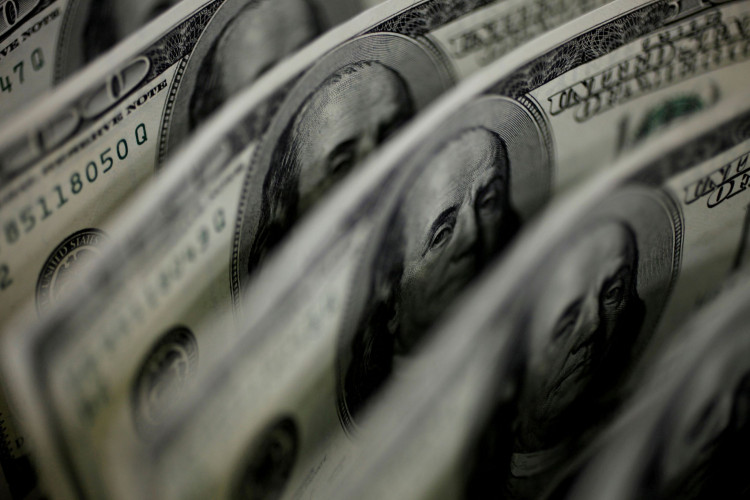The Federal Reserve's preferred inflation gauge, the Personal Consumption Expenditures (PCE) price index, rose 2.5% for the 12 months ending in February, a slightly faster pace than the 2.4% increase seen in January. The latest data, released by the Commerce Department on Friday, matched FactSet consensus estimates and indicated that rising prices continue to burden American consumers, making it more challenging for the Fed to achieve its 2% inflation target.
The core PCE index, which excludes volatile food and energy prices, slowed slightly to a 2.8% annual rate from 2.9% in January, and on a monthly basis, it decelerated to 0.3% from 0.5%. Both core inflation measures were in line with expectations, offering some relief to central bankers who have been grappling with persistent inflation.
Energy prices were a significant driver of the overall increase in the annual inflation rate, jumping 2.3% last month. However, the monthly rise in the price of goods, at 0.5%, outpaced the 0.3% increase in the price of services, a notable shift from the trend seen over the past two years, where service-side inflation has been a major contributor to overall inflation in the economy.
Despite recent economic data pointing to a slowdown in consumer spending, Friday's PCE data showed a surprising acceleration, with consumer spending rising 0.8% last month compared to 0.2% in January. This marked the biggest monthly increase in over a year. However, Nationwide chief economist Kathy Bostjancic cautioned that this run-up might not be a cause for celebration, as it underscores consumers overextending themselves and drawing down pandemic-related savings.
"As long as employment growth remains strong, it can underpin solid spending, however, consumers overall are not prepared for a weakening in the labor market should it unfold," Bostjancic said in a note on Friday.
The latest inflation data is unlikely to alter the Fed's plans for eventually cutting interest rates. Central bankers, including Fed Chair Jerome Powell, have signaled that achieving 2% inflation will be a bumpy path. Fed Governor Christopher Waller emphasized this point in a recent speech titled "There's Still No Rush," stating that recent inflation readings suggest it may be prudent to hold rates at their current restrictive stance for longer than previously thought to help keep inflation on a sustainable trajectory toward 2%.
Victoria Greene, chief investment officer at G Squared Private Wealth, told CNBC, "Nothing really super surprising. Obviously not the numbers the Fed wants to see, but I don't think this is going to catch anybody off guard when they come back to work on Monday. I think everybody is going to pivot to labor pretty quickly and say well maybe if we see some weakness and cracks over here, this little stickiness in inflation and PCE isn't going to matter as much."
Fed officials continue to pencil in three rate cuts this year, with investors anticipating the first of those cuts to come in June. However, the path to lower interest rates remains uncertain, as the central bank closely monitors inflation data and labor market conditions.






